Coil, field winding, rotor, stator, eddy current… When it comes to motors, there are numerous terms that describe the theory of operation, but what is inside a…
Coil, field winding, rotor, stator, eddy current… When it comes to motors, there are numerous terms that describe the theory of operation, but what is inside a 3-phase motor? Take a look, and learn how they work.
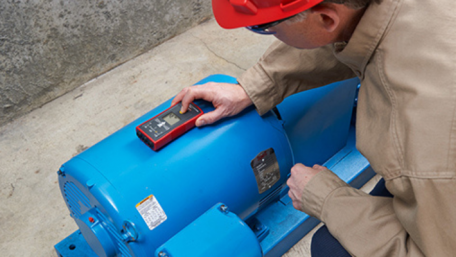
Connecting a new motor without knowing the phase rotation of the electrical supply can cause damage to expensive…
Connecting a new motor without knowing the phase rotation of the electrical supply can cause damage to expensive equipment. By using a 3-phase rotation meter, you can save yourself time and money.

Functional safety is the safety of a system and is critical for industries such as medical devices, automotive, railways,…
Functional safety is the safety of a system and is critical for industries such as medical devices, automotive, railways, and machinery. This article will focus on functional safety for machinery and the standards that help its implementation.
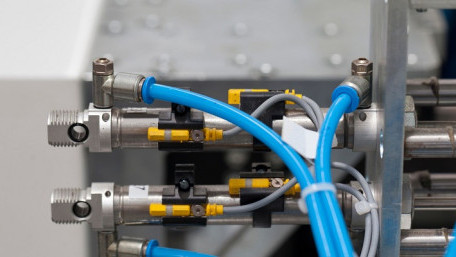
Tracking the position of a hydraulic or pneumatic cylinder is often accomplished at a basic precision level, detecting…
Tracking the position of a hydraulic or pneumatic cylinder is often accomplished at a basic precision level, detecting only end stop limits with discrete digital values… But what methods accomplish this?
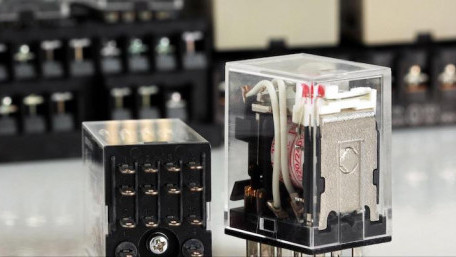
Relay and other coil devices pose a few confusing questions: How can the relay still work if you connect a DC supply in…
Relay and other coil devices pose a few confusing questions: How can the relay still work if you connect a DC supply in reverse? How can an alternating voltage attract and hold the load consistently?
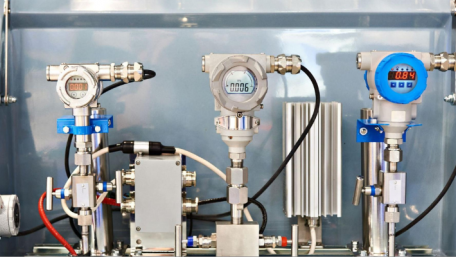
Industrial analog sensor devices primarily use 0-10 volt or 4-20 milliamp. For those mA signals, learn the reasons for…
Industrial analog sensor devices primarily use 0-10 volt or 4-20 milliamp. For those mA signals, learn the reasons for why the lower and upper limit standards were determined as 4 mA and 20 mA.
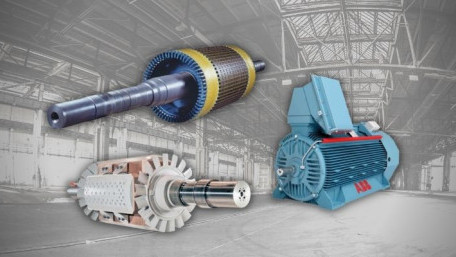
In this article, we will take a look at the differences between synchronous and induction motors, as well as the two…
In this article, we will take a look at the differences between synchronous and induction motors, as well as the two types of induction motors: squirrel cage and wound rotor.
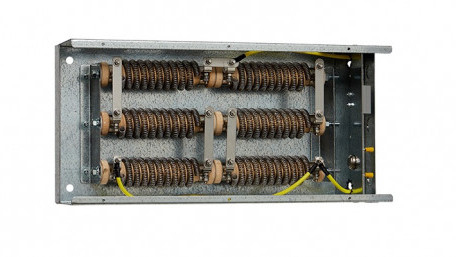
Large DC and AC motor drives often provide terminals for installing a braking resistor. What are these resistors, and how…
Large DC and AC motor drives often provide terminals for installing a braking resistor. What are these resistors, and how do they slow down a machine? What hazards and cautions must be considered?
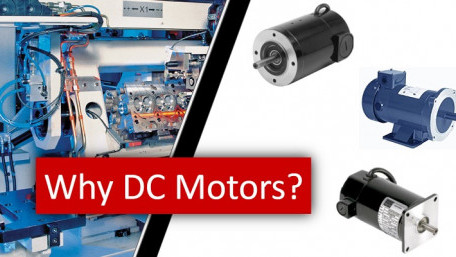
AC motors are common throughout industry - easily controlled by VFDs and without the maintenance that comes with DC…
AC motors are common throughout industry - easily controlled by VFDs and without the maintenance that comes with DC brushes. So then, why are DC motors still used in certain applications?
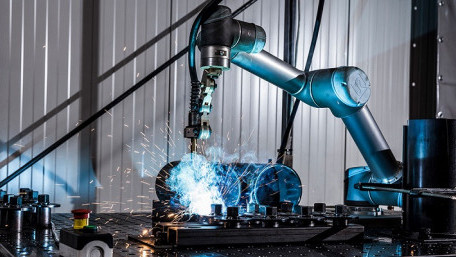
Robots as a service (RaaS) can open the door to automation for small to mid-sized companies that are looking to automate…
Robots as a service (RaaS) can open the door to automation for small to mid-sized companies that are looking to automate a process without a large upfront capital investment.
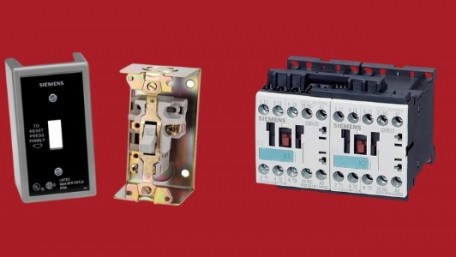
Motors drive all sorts of processes in a facility. Depending on the application, which motor starter is best suited for…
Motors drive all sorts of processes in a facility. Depending on the application, which motor starter is best suited for your needs?
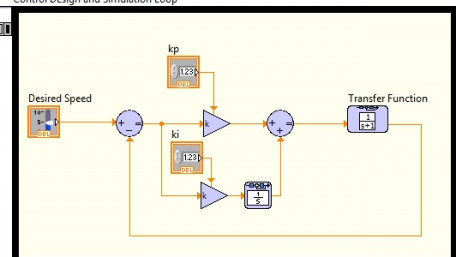
Learn about the numerous libraries, toolkits, and interfaces to achieve motor and motion control using LabVIEW.
Learn about the numerous libraries, toolkits, and interfaces to achieve motor and motion control using LabVIEW.
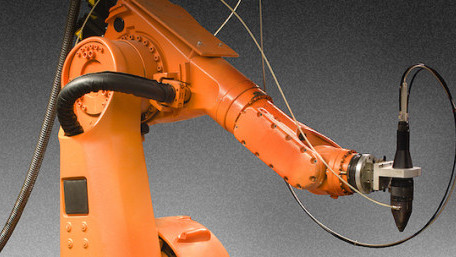
Start learning about robotic arm solution, kinematic chain and motion planning, in this first technical installment.
Start learning about robotic arm solution, kinematic chain and motion planning, in this first technical installment.
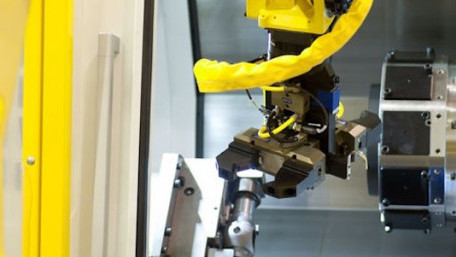
Learn about how various types of robots are currently being deployed in the automotive sector and some of the challenges…
Learn about how various types of robots are currently being deployed in the automotive sector and some of the challenges they face on the factory floor.
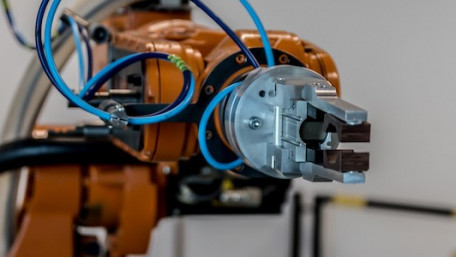
For many manufacturing processes, Cartesian robots work well. However, there are times with a robot with more movement…
For many manufacturing processes, Cartesian robots work well. However, there are times with a robot with more movement capabilities works better. Learn about six-axis robots, how they move, and popular applications.
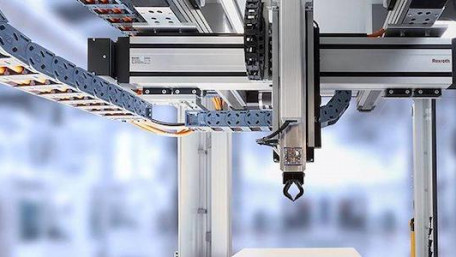
This article offers an introduction to cartesian (gantry) robots, including how they work and the applications they're…
This article offers an introduction to cartesian (gantry) robots, including how they work and the applications they're created for.
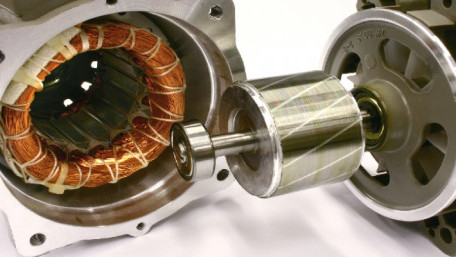
In this article, learn the differences between single- and three-phase motors, including how each one works and…
In this article, learn the differences between single- and three-phase motors, including how each one works and applications best suited for each type.
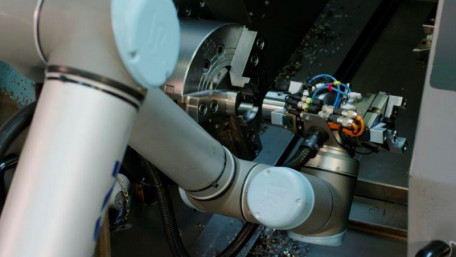
Learn all about the collaborative robots (cobots) that work alongside humans and the many advanced strategies put in…
Learn all about the collaborative robots (cobots) that work alongside humans and the many advanced strategies put in place so they can function efficiently and safely in industrial settings.
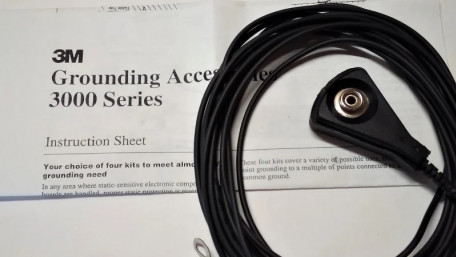
When it comes to electrical grounding, many strategies are employed to accomplish different tasks. One of the main…
When it comes to electrical grounding, many strategies are employed to accomplish different tasks. One of the main reasons for grounding equipment is for the safety of users and equipment while maintaining strict adherence to regulations.
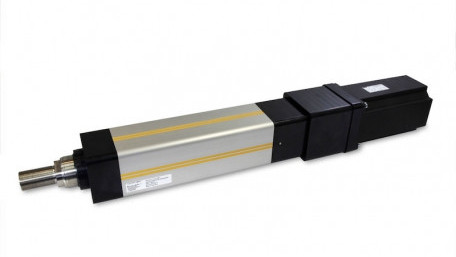
In this article, we take a look at hydraulic, pneumatic, and electric actuators and how they are used in different scenarios.
In this article, we take a look at hydraulic, pneumatic, and electric actuators and how they are used in different scenarios.
